When I first heard about the Chord Poly, I wasn’t sure what the allure was. It adds a little bulk and I didn’t feel like I would be using it often. Being wirelessly untethered from the phone and laptop is a plus…but is it a $679 USD plus? This accessory costs more than the Mojo itself ($529 USD)! Is it really worth ditching the USB cable for? I was a bit apprehensive.
Just to be clear, the Poly is not one of those “convert your wired buds to wireless” devices. Those devices don’t even have close to the amplification or DAC capabilities of the Mojo, which provides superior sound quality while being able to drive larger cans. The focus of the Poly is actually the utilization of WiFi for the transmission of hi-res sound and not the lower-grade Bluetooth.
Obviously, this device aims to provide additional value to current Mojo owners. You’ll need one in order to use the Poly. Those with high-end DAPs, such as those from Sony or Astell & Kern, would have already been enjoying wireless streaming and local storage. We Mojo owners have to attach awkward USB adapters to our phones and laptops to enjoy the sound off our portable devices. I have to admit, it was kinda weird putting my cell phone, jitterbug, adapters, cables, and Mojo on my lap during train rides on LA’s Metro. It draws unwanted attention to the pretty Mojo lights and is just plain cumbersome. Also, many cell phones lack an external memory card option and limit you to 32GB-128GB of storage. Storing music is the only reason why I even bought a 128GB Google Pixel smartphone. Unfortuantely, this only provides space for some Tidal downloads and a small percentage of my library.
I started to see why Chord decided to develop Poly and welcomed it with open arms.
Build & Features
As always, the build quality of the Poly matches that of the Mojo. The coloration is a little darker black than my Mojo but isn’t really noticeable. It fits right in my Mojo and sits flat without any tilt on the tabletop. There’s a USB connector, microSD slot, and two LED indicators for P (Poly) and M (Mojo) battery status. The P. status lights also changes depending on Poly modes and settings. I won’t get into what the various colors mean because you’ll forget anyway. Please take a look at the manual for that.
It comes with a metal configuration pin, a short micro-USB cable, and an adorable foldout manual.
Poly was named after its numerous streaming features, including:
- DLNA connectivity – Both a renderer and server and you could stream from all your Amazon/Google/Drop-boxes
- Bluetooth 4.1
- Airplay
- Roon endpoint
- microSD slot for your 512GB cards. Format as exFAT. The Poly does not restrict microSD card capacities. Unlimited!
- Mobile Hotspot – Not available at the time of review but enables you to still connect via WiFi to the Mojo without a mobile internet connection. Great when you don’t have an internect connection.
- 9 hours of battery life – Takes the load off your phone, which is a huge plus for these damn phone without removable batteries.
Firmware Upgrade
The firmware upgrade procedure is a bit awkward (until the GoFigure app is out). Basically just make sure your Poly has a WiFi connection, leave it on for 20 minutes, turn it off, and turn it back on for another 20 minutes. You’ll see red/green/blue sequence flashing when the update is being performed. DO NOT turn off your Poly if you see these lights. You may inadvertently damage the Poly. I’m sure Chord will allow the option of non-auto updates and provide a way to check status in the future.
Set Up
Charge your Poly before use! Preferably with 2 amps for a quicker charge (4 hours). Most computer USB ports only supply 0.5A and will take about 10 hours to charge fully. Most wall-plug chargers will do 2.1A. When charging the Mojo and Poly together, Mojo gets the juice first so it’s important to use quicker chargers. FYI, The Mojo and Poly both get quite warm while charging.
The reference IEM I’ll be using for the Poly review is the Periodic Audio Be. It is an absolutely amazing match with the Chord Mojo.
I typically don’t read the manual but the one for the Poly is worth reading.
The instruction manual will mention the GoFigure app which hasn’t been released yet. This app will help make the connections easier in the future. Mobile hotspot is also disabled at the time of this review so we’ll ignore that option.
One thing to note about the config button: All it does is puts the Poly in Access Point mode, where you could log into it and configure it. It does not reset your settings. Other than deleting the stored WiFi connections, there is currently no way to factory reset the Poly. So if you’re moving from your home network to an off-site office, you’ll need to bring this metal pin with you to setup new WiFi environments. Chord recommends putting it on your keychain. A paperclip won’t work 😉
WiFi
In order to use the Poly, you must set it up with a WiFi connection (2.5Ghz only). The Bluetooth connection won’t work until you configure the Poly. The WiFi sign-on screen does not scan networks for you so you’ll have to enter your SSID and password manually. A password is mandatory for the network connection.
Bluetooth
- The Bluetooth PIN is 0000. This should’ve been in the manual.
- Bluetooth takes priority over the other streaming modes. If you don’t want Bluetooth, just turn it off on your device. Bluetooth should be a last resort as far as fidelity. The Poly doesn’t support AptX HD and even if it did have it, quality is still compromised. Bluetooth just isn’t there yet but it’ll probably sound better than most Bluetooth buds out there.
- Once WiFi is configured, Bluetooth could be activated within any mode (Roon or Other).
Roon
From the push of the power button, I was able to stream Roon within 20 seconds.
- Stick the config pin in for 5 seconds until you hear “mode is…entering access point…..mode” from a creepy robotic voice. P. status will flash blue and green.
- Connect and sign into to the Poly wifi network on your phone (I’m using Android)
- You’ll see a page with all the options
- Select Roon
- Select DSD if you want to control volume from the Mojo directly. The stream isn’t bit-perfect unless you use the volume buttons on the Mojo itself. I know this defeats the purpose of using your phone as a remote but hey, you have a choice.
- Click “Reboot on save” and click “Save”
DLNA / Airplay
Roon endpoint is off in this mode. This will enable both DLNA and Airplay. Roon could also play via Airplay to the Poly, albeit at degraded levels (Airplay only supports 44.1/16). I used BubbleUPnP on my Google Pixel to stream Tidal (MQA passthrough). Just set the Poly as the renderer. There are ways to actually access your NAS music files away from home but that’s outside the scope of this article for now.
- Stick the config pin in for 5 seconds until you hear “mode is…entering access point…..mode” from a creepy robotic voice. P. status will flash blue and green.
- Connect and sign into to the Poly wifi network on your phone (I’m using Android)
- Select “Other”
- Click “Reboot on save” and click “Save”
Use Cases
Some have mentioned dropouts while streaming but that was a very rare occurrence for me. So much so, I forgot about them. For those curious, my Poly’s SN starts with P020 and Mojo M024. I’m using firmware version 1.0.17.
Now for the use cases. Using Chord’s promotional video as a guide:
- Jogging
- Don’t know about you but I sweat when I run. It clearly states that the Poly shouldn’t make contact with liquids so the video isn’t 100% accurate and you shouldn’t put your liquid mojo on your Mojo. Jogging with Moly (not the drug) in my pocket worked much better. I just played local Tidal tunes via Bluetooth from my phone and all is good. In addition, the extra weight helps me burn more calories.
- Walking
- Allows me to walk with another large bulge in my pants striding as confidently as the dude in the video. Doesn’t work well with skinny jeans. Strangely enough, this exercise made me realize how truly convenient the Poly is. My phone is always on me, so carrying a DAP along with a phone just ain’t happening. Now I’m able to listen to my earbuds, while browsing the web and listening to the Mojo. I don’t have to swap back to my phone and back to the DAP. Without the Poly, this would be completely impractical. I also realize…I could use almost any headphone in this configuration thanks to Mojo’s amp section.
- Coffee shop / Public workspace
- This is my most common use case. Los Angeles is blanketed with free WiFi. Spectrum customers get WiFi everywhere they go and most establishments give it out for free. Instead of cluttering my space with the aforementioned cables/adapters, I must say it’s liberating to be able to just work with cleaner desk without being given the evil eye by the hipsters across the table. Sometimes I’ll place the Poly on the table. Ladies dig the colored lights.
- Home Audio
- Playing music through my 13.1 home theater would’ve required me to hook up the Mojo to my HTPC, install some stuff, power on some more stuff, use a keyboard, and ends just being too much of a headache for me. With a simple AUX cable connected directly to my Denon receiver…I’m able to experience 13 channels of derived musicality from the Mojo via my cell phone or iPad. Derived meaning I used one of those upmixer formats from DTS and Dolby. It’s like having 6 Mojos…singing all around you. 🙂 I don’t have to boot a computer and look at a huge plasma screen to play music. I really can’t express how much joy it is to be able to play music off the Poly on this system with this much ease.
- Car Rides
- I use one of those ghetto AUX to radio transmitters, which I’ve stopped using because there are two cables going into the windshield mounted cellphone (the other for power). One time the auxillary cable actually got tangled on my steering wheel while I was driving and locked the wheel. True story. Anyway, radio sound quality will suck through this device but the Poly made streaming music much easier in my car.
- Reviewing
- One thing the Poly proves to be very helpful is in the evaluation of IEMs. With its local storage, all I have to do is plug headphones in and remote through my desktop computer via Roon. I don’t have to undock my laptop (or find another one), plug a USB cable in, setup a player, and sit in front of that said laptop until the session is over. The Poly is a godsend in this regard. Now…I would like one for the Hugo 2, please (2Go??).
Sound Quality
I didn’t expect to go over sound quality because the award-winning performance of the Mojo has already been established. The Poly is just an accessory…right?
After some random testing with various modes of streaming, I transferred some high-res FLAC files to my laptop, a microSD card, and my Roon server. Playing the exact files through Roon, Bluetooth, BubbleUPnP, and direct USB all produced a different sound.
It turns out the Mojo sounds its best with the Poly and in my testing, better than even a direct USB cable. So not only are you cutting the wire out, you’re actually getting better sound. We all know our PCs are noisy and USB conditioners could only do so much. This is a very compelling case for using WiFi to transmit high-res files. Although I’ve heard WiFi will compress the music being streamed, I’ve actually never tested this (or heard it). All I know is…streaming from the Poly’s internal card reader has given the Mojo a new life it didn’t know it needed.
Example track: Sara Bareilles – I Just Want You (Live) (Brave Enough: Live at the Variety Playhouse) – 24-bit / 96 kHz
In order of best connection to worse:
- DLNA: Using BubbleUPnP to play off Poly’s local storage was by far, the best sound I’ve ever heard from the Mojo. Yes, it beats a Roon stream. Now, of course, this is on my own setup and yours might differ, but the sonic delta was quite dramatic. Playing from the Poly’s microSD card directly skips all the variables in the router, ethernet cables, servers, power cords, etc. For this track, her voice is well-focused, full-bodied, and acoustically tamed (in a beautiful way). Acoustic cues are fully realized and the textural sound doesn’t exist in the other modes.
- Roon: As a Roon endpoint, the sound quality is exceptional. The full embodiment of the Mojo sound is still intact. In fact, I actually enjoyed it more than a direct USB connection to my cell phone or laptop. It’s not as dimensional or contoured as the Poly server option and has a bit more fuzziness around the edges. The mids also sound more recessed and reverberation decays aren’t as gentle or delicate. Probably wouldn’t notice without A/B but after A/B…it’s difficult to not just load your library onto that microSD card. It’s enough of an emotive difference. Keep in mind, this is with high-grade power supplies and networking gear on the entire chain. That said, this still sounded much better than a USB connection.
- DLNA from Cloud/NAS: Roon streams were just plain cleaner, quieter, and less veiled. Still smoother and more balanced vs USB.
- USB: Prior to Poly, this was the most prevalent mode of use for the Mojo. I’ve tested conditioners and USB cables for use with the Mojo for a long time. On the go, I’ll use an Audioquest Jitterbug and Curious USB cable connected to my 2013 Macbook Pro. Playing this track through JRiver, it was apparent how much fidelity is lost from a noisy source. This track sounded completely thin, flat, and lifeless in comparison. A lot more grain, sibilance, and just wasn’t smooth. Soundstage focus was abysmal and the sound was heavily veiled. A bit baffling when you consider this was a similar mode the Mojo was reviewed with (from other publications) and received so much praise for. I also tried this with my MSI GS40 laptop with the same results. It’s hard to believe the Poly offered this much improvement in fidelity while cutting a wire at the same time.
- Bluetooth: Last resort mode. I would avoid if I could. I’m hoping the upcoming Hotspot mode will replace this in the near feature. With this mode, you should be able to use BubbleUPnP to play Poly’s microSD without an internet connection (while walking around the park for example).
Final Thoughts
I’ll admit, the Poly wasn’t on my wish list. At first blush, I thought it was just a wireless accessory and figured I’ll just deal with the cable, especially for the asking price. I was wrong on many levels.
Everyone mentions how versatile the Poly is and how it has the same great “Mojo” sound but I don’t think people realize how NEXT LEVEL it sounds when you’re playing high-res files from the microSD card. Not to mention the benefits of WiFi streaming in this application.
The Chord Poly offers numerous benefits:
- Relieves electrical overhead from your phone and uses it only as a remote. You’re not going to walk around with a Mojo dangling from your phone. The Poly gives you the freedom of enjoying its great sound while still browsing on the device you bring with you everywhere…your phone.
- Unlimited storage with the microSD card. Many cell phones don’t have external storage options and the 128GB versions are expensive and may not be enough for higher-res files. Not to mention the overhead from playing from your phone directly. Direct storage isn’t anything new, all modern audiophile DAPs have it. However, this storage is pseudo-directly attached to Chord’s FPGA DAC. Would be interesting to hear comparisons to other DAPs.
- Most importantly, the Poly actually enhances the performance of the Mojo through its internal storage and Roon endpoint feature. It beats USB. It wasn’t just about removing the USB cable from the equation but placing your digital files right next to your DAC. No cables or infusion of noise from your phone/laptop to worry about. The impact of this noise is enormous and isolating the “control” from the streamer provides substantial sonic gains. You won’t realize that until you hear the Poly via BubbleUPnP (or 8Player) playing off its microSD storage. Your Mojo listening sessions will be elevated significantly.
Admittedly, the Poly isn’t quite plug-n-play yet. There are a few kinks to iron out but once the GoFigure app rolls out, I’m sure setup will be simplified. I’m glad Chord released the Poly when they did. Mojo owners could start enjoying this extra performance boost while they wait for the updates. Time to market is important and I think they did a fine job with timing this release.
I underestimate how flexible the Chord Poly was and certainly didn’t expect this level of improvement in sound quality. If you enjoy the signature of the Mojo, the only way to hear it at its best is to get a Poly and store your library in the microSD slot. Even Roon streaming provides appreciable performance over USB. The BubbleUPnP interface isn’t the best but its Tidal interface was more than sufficient for casual listening. Those who are using Mojo as their desktop or home audio DAC will be very pleased to cut wires and cognitive overhead while at the same time, enjoying better sound.
All in all, I’m blown away. I wouldn’t be surprised if the Mojo + Poly combo reveals itself as the best portable audiophile configuration we have today.
Now we just need its Hugo 2 counterpart…

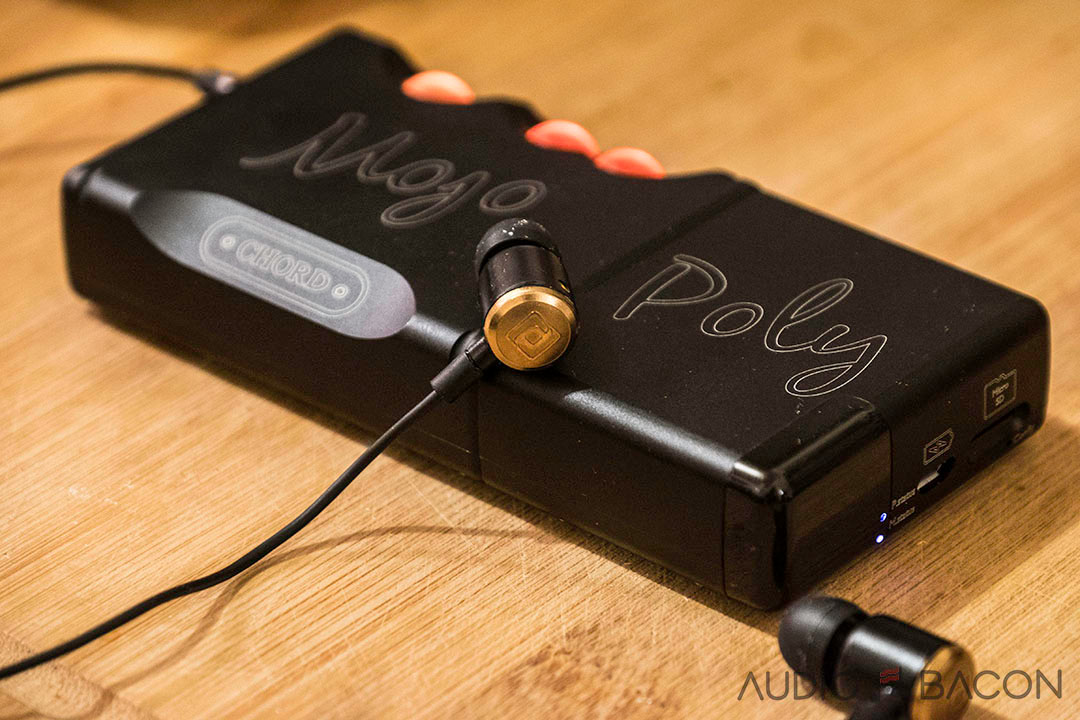
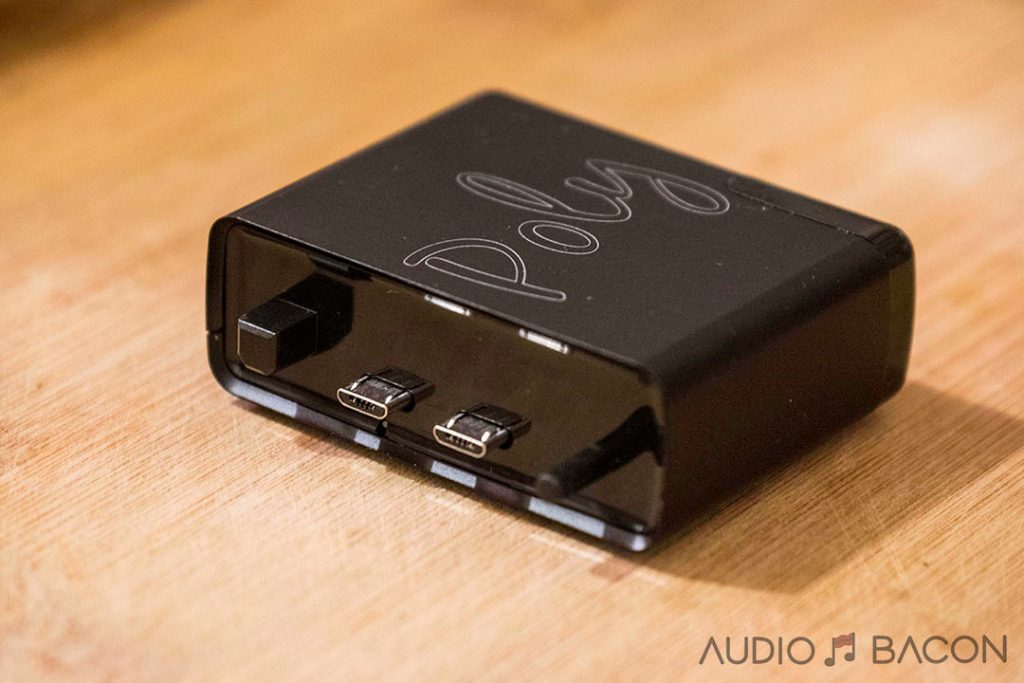 s
s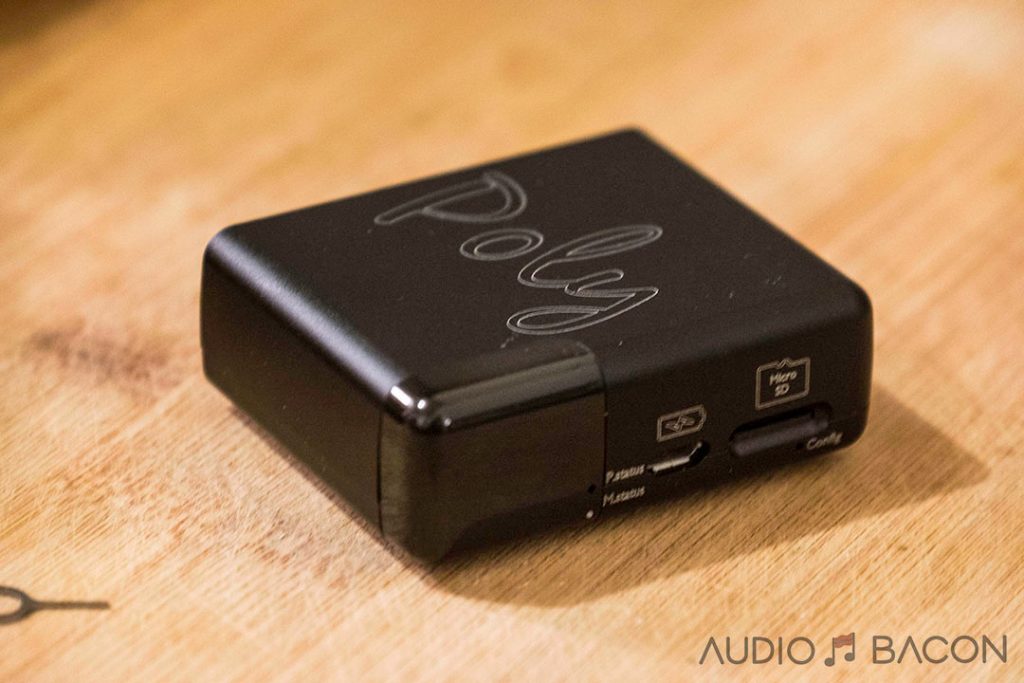
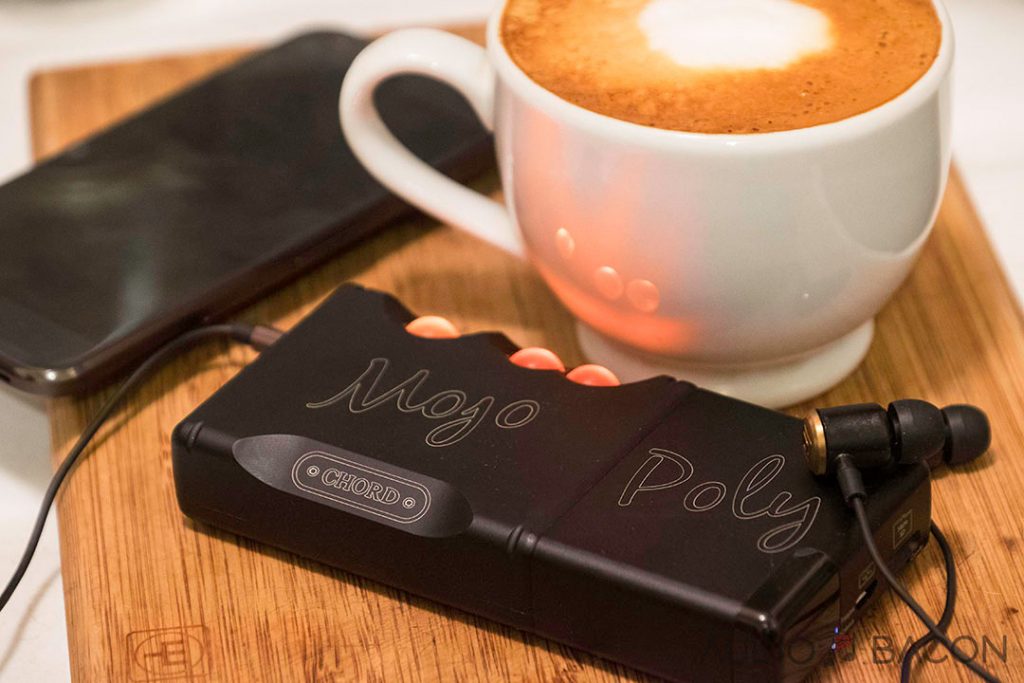
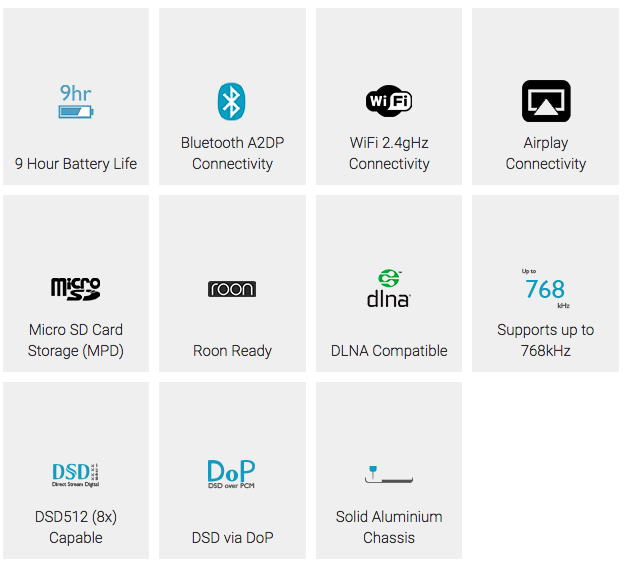
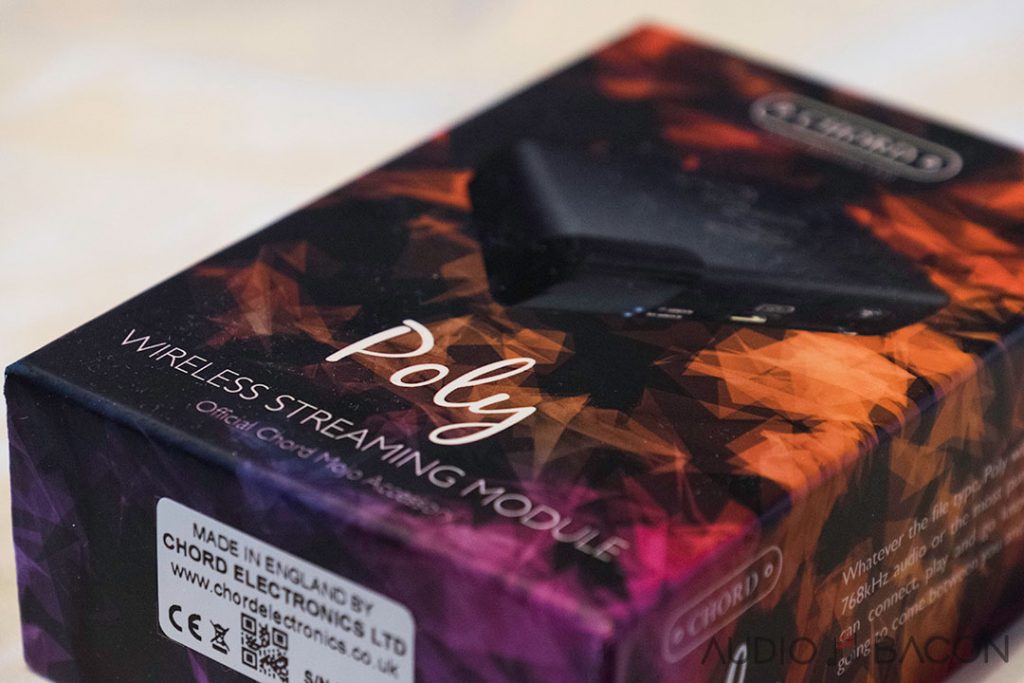

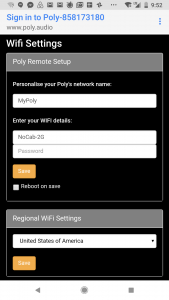


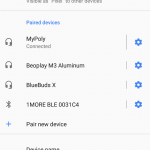
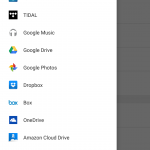


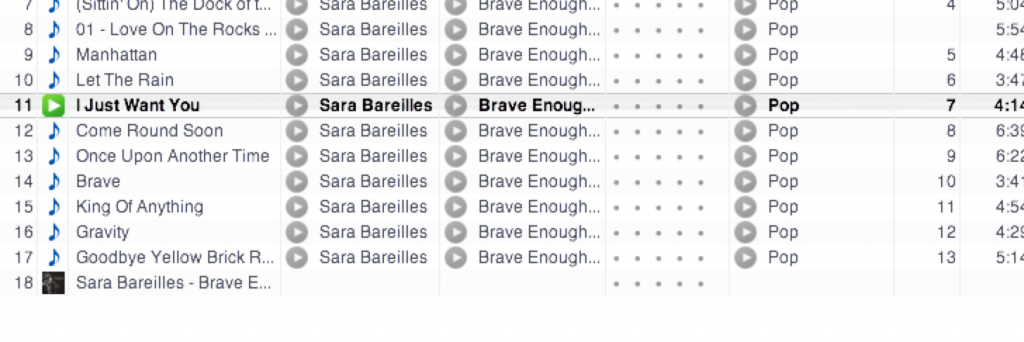

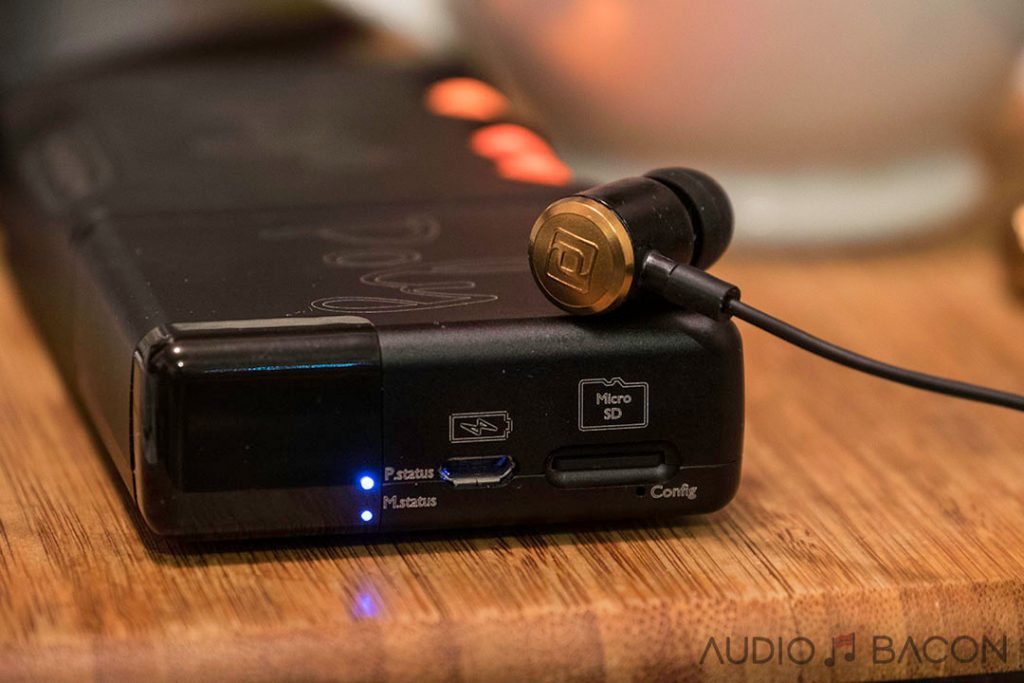

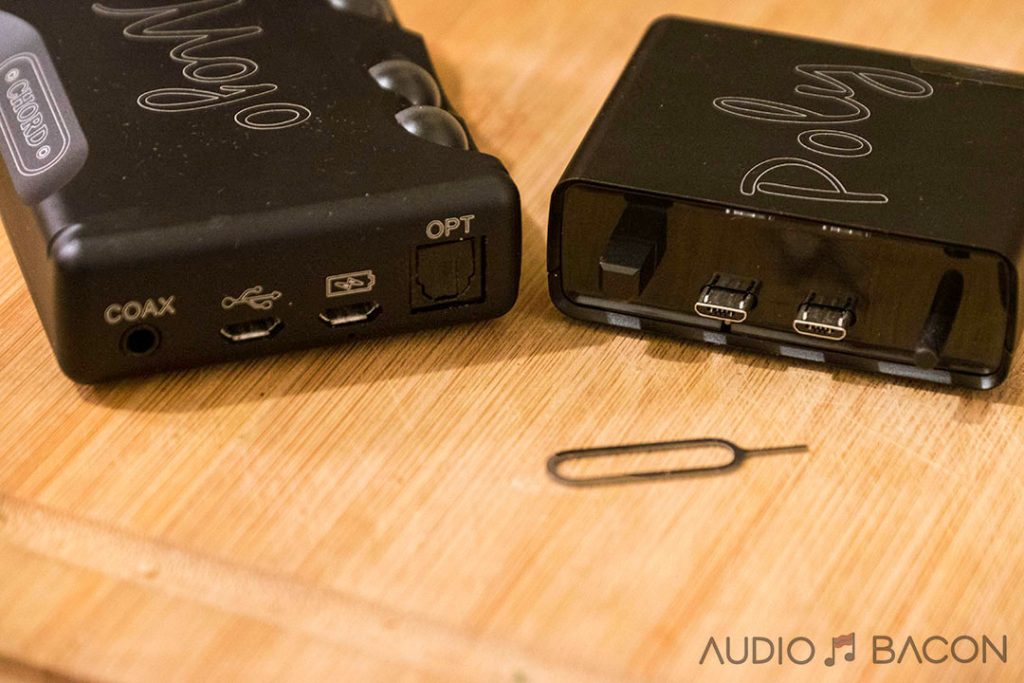






Really does need the app we have been waiting for. Lots more on the Head-Fi forum https://www.head-fi.org/threads/chord-electronics-☆-poly-☆-wireless-microsd-module-for-mojo-☆★►useful-info-on-1st-page-◄★☆.831347/page-437#post-14018882
Agree. Assuming hotspot mode is implemented correctly, i have a feeling it will be a game changer in the DAP world.
Those look like Dunu 2000 iems.
Nice review!
Hi Jay
Thanks for the great review. I am interested to know how the poly (when serving FLAC files from SD card) compares to the sound of the mojo plugged into the end of your SOTM trifecta??
I ask because I am using a mojo in my speaker setup and currently have a sonicTransporter i5 (powered by sps-500) running roon to a GS105 switch (powered by LPS-1) to an sms-200 (powered by sps-500) via curious cable into the mojo. So I am very interested to know if the poly serving files from the SD card can better the performance of my current system
That’s an interesting scenario. I’ll keep you posted. My guess would be that the Poly will sound better with SD card and Roon.
Great review! When I heard the Poly was released I was curious to know how well it sounded compared to using a USB cable.
I am considering upgrading from the Mojo to the Hugo 2. How would you compare the Mojo + Poly sound quality to the Hugo 2?
Many lower S/N# units have been replaced by Chord. In many cases turning on Mojo does not immediately turn on Poly. Still waiting for GoFigure app.
Great review. Why hasn’t anyone admitted the obvious the Mojo/Poly is the next level of DAP players.
your brazen lies about Chord Poly are quite dramatic too…